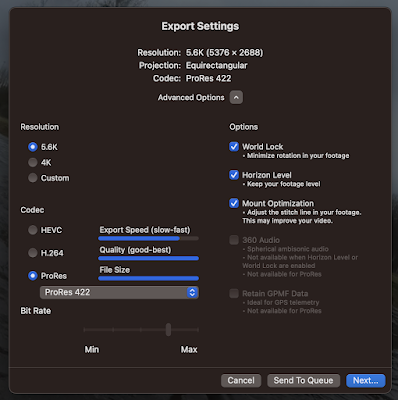John Schulz gives some insightful guidance on analysing interviews. But I feel his ideas can as equally apply to interpretive data more generally including texts, observations, recordings. Analysis can be approached in two basic ways, in a top-down deductive approach and a bottom up inductive approach. In fact many researchers alternate between the two approaches, particularly because analysis rarely occurs wholly in one more or the other. If we're honest about it we often combine the two approaches, where prior theories inform how we gather and treat the data, and where the data pushes back against preconception and instead offers up other interpretations.
Sharing 360° video?
So, you've got a 360 degree video file from your GoPro. What to do with it? Well, share it on YouTube. YouTube supports uploading and pl...

-
So, you've got a 360 degree video file from your GoPro. What to do with it? Well, share it on YouTube. YouTube supports uploading and pl...
-
(CTAN, a meta-level resource for all things TeX www.ctan.org/ ) Step 1: MacTeX packages for Mac. Install MacTeX, after which do the foll...
-
First, read the article "AI-generated art illustrates another problem with technology" by John Naughton on the Guardian (20 Aug...
